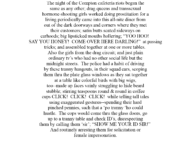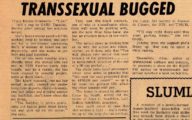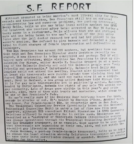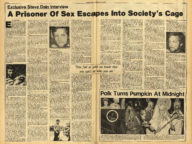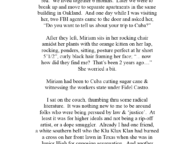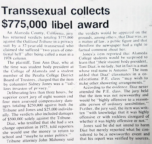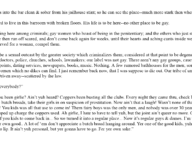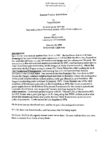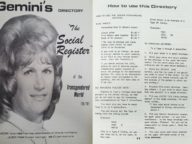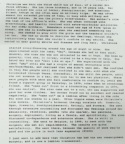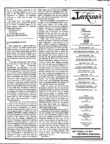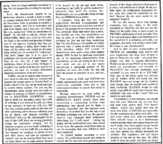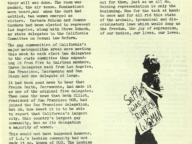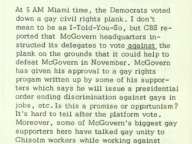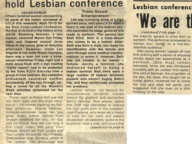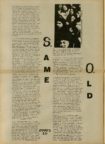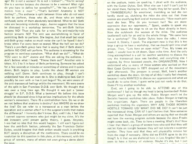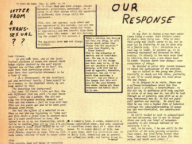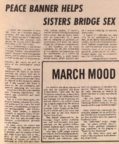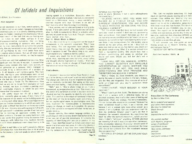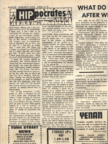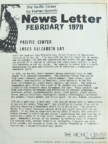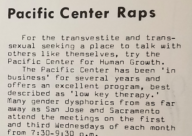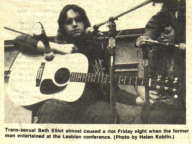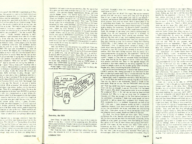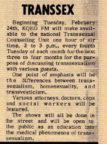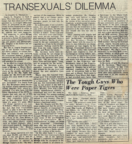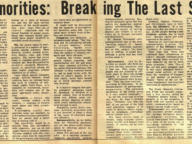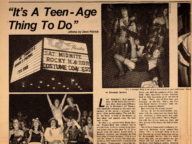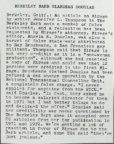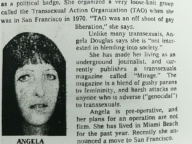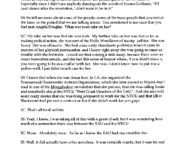This 1975 article from the Berkeley Barb discusses a number of so-called “erotic minorities,” defined as “people whose sexual needs depart from established social norms.” Although this two-page spread devotes only a small section to transgender people (then referred to as transsexual, but this website will use the preferred modern parlance when not quoting documents or individuals), the document provides a useful look at the context in which society saw trans people. For example, one topic discussed is the difference between transsexuals and “transvestites,” a term that is now regarded as a slur but at the time referred to cisgender people (mostly men) who cross-dressed. Additionally, while the writer seems to intend to be respectful, the article makes the unfortunately common mistake of referring to trans people as if they necessarily were the gender they were assigned at birth, and remain so in absence of transition.
While the article generally discusses transsexuality sympathetically, and validates it, the context of the rest of the article nonetheless makes casts the Barb’s perception of trans people here in an extremely bad light. The other “erotic minorities” defined include not just the likes of fetishism, but incest, pedophilia, and bestiality (“zoophilia”). In fact, incest, pedophilia, and bestiality in particular not only get far more column space than transsexuality, they get a far more rousing defense. The Barb pays absolutely no attention to questions of consent and rape, and goes so far as to use the term “so-called child molestations,” and then state “It is hard to imagine how gentle pedophilic attentions could be damaging to children in a social context free of hysteria about sex.” No age range of what they seem to consider acceptable is mentioned, but the article does make it clear they are in fact referring to older adult men. Strikingly, no mention is made at all of children’s ability to consent–but their parents ability to consent for them is mentioned, and seemingly presented as something that should be socially valid.
Incest and bestiality receive similar defenses, while interestingly, homosexuality is not defined at all. Instead, the Barb seems to quote someone (although the source is uncredited), referring to “homophiles,” an outdated term for homosexuals mostly associated with 50s and early 60s assimilationst groups, as “the most privileged of the erotic minorities.” Apparently, homosexuality had gained enough awareness by 1975, six years after Stonewall, that the Barb believed their readership needed no definition.
Also of interest in this document is the medicalization of transgender people, a theme seen throughout the era. Indeed, there is not a single sentence in their section on “transsexuals” that does not mention surgery, doctors performing surgery, or the potential “biological and/or psychological causes” of transsexuality. This not only makes the description of trans people more medicalized than any other group defined, it deprives trans people of any descriptions or agency not connected to surgery–a clear predecessor of the modern obsession with trans people’s medical transitions. Interestingly, though, the article fails to note any of the surgeries performed at the very nearby Stanford University, which possessed a major (and very medicalizing) trans clinic. Their patient intake forms can be found here.

